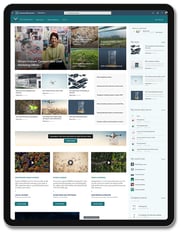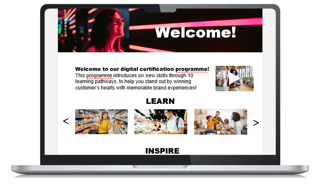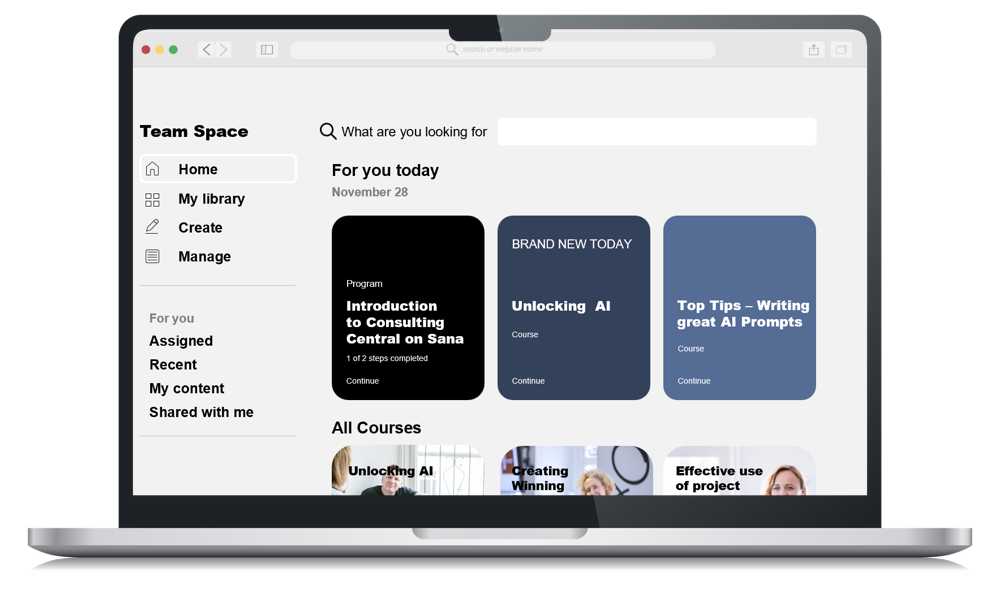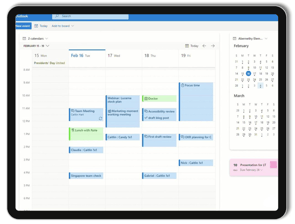Employee experience = Customer experience
What defines a great customer experience strategy has changed, along with how the customer behaves.
In an omnichannel world where customer journeys are conducted across online and offline channels, include multiple stakeholders and service partners, and there is the growing expectation of organisations on the sustainability front, customer experience is much more than resolving queries and offering a slick website.
One of our big learnings is that everyone has a role to play in delivering the customer experience, even if not directly customer-facing. Employees are only as good as their default mode, which is driven largely by the tools and environment they experience at work, i.e., their employee experience. Employee expectations of this internal experience have also been elevated over time due to the rise of flexible and hybrid working, enabled by shifting cultures and technology, amongst many other factors. Therefore, this directly projects onto the way employees conduct themselves individually and as a collective, which in turn affects the impact a business makes with its customers.
A Cognizant-commissioned study found that 87% of those asked say employee experience has an impact on allowing them to innovate.
Tasked with the complexities of delivering great customer experience in today’s noisy world, regular capability development needs to be high on the agenda to keep up with customer demands and technological advancements, but to truly evolve the way individuals and teams operate, a one-size-fits-all approach does not cut it anymore.
To move the needle forwards, businesses need to relook at the way they develop their employees to deliver against their mission. Here’s where some of the great tools we use to plan customer engagement can come in handy to, instead, plan employee engagement. For example, mapping ‘employee journeys’ and developing ‘employee personas’, so that the right experience can be generated for different individuals’ needs and styles to move them along a maturity ladder faster.
Calling out the pain points
If we think about the customer experience strategy alongside the employee experience strategy, the pain points for the end-consumer to overcome are very transferrable:
- Too many or conflicting priorities
- Programmes that pull people away from the day job for too long
- Programmes that are out of sync with the business calendar
- Formats that don’t reflect the way people learn/consume information today (e.g., long PowerPoint decks and manuals)
- Lack of or poor personalisation
If we use the employee journey and persona mapping concept forwards, then there are two key outcomes that we can determine to help us design better solutions:
- What is the employee trying to do?
- How would the employee prefer to do it, i.e., which channels and formats are preferable?
Building the bridge to a better future
Having worked with numerous companies in similar situations, we’ve successfully developed tangible solutions for an improved employee experience that maps towards a successful customer experience strategy.
We began by using some of the tools we mentioned earlier (employee journey mapping and personas) and thought about the onboarding journey of a new hire, all the way through to how people can do their jobs efficiently daily to set themselves up to best serve customers.
Here are some of the methods we have developed, tested and launched in relation to the original employee insight uncovered in the process:
|
|
Employee action I am looking for internal information about how to activate omnichannel campaigns for a priority customer. |

|
Solution 1 |

|
Solution 2 Simplify existing playbooks into smaller and practical toolkits, with user-friendly instructions that are integrated into automated workflows. |
|
|
Employee action I want to develop myself further in digital marketing, but I am not able to commit big chunks of time. |

|
Solution 1 |

|
Solution 2 Develop ways to designate dedicated time slots or blocks for employees, such as utilise ‘no-meeting days’, where employees can focus on professional development without interruptions. |
|
|
Employee action I want to stay up to date with what’s going on, but with too many meetings, I never have time to do my job. |

|
Solution 1 |

|
Solution 2 Implement efficient meeting scheduling practices, such as setting clear agendas, avoiding unnecessary meetings and utilising technology for asynchronous collaboration when appropriate. |
|
|
Employee action I am creating something because it’s on the plan, but I know it will drive zero impact towards helping our customers. |

|
Solution 1 |

|
Solution 2
Create forums and safe conversation spaces to develop a culture of healthy challenge, where continuous learning and growth is the desired output. |
So how does any of this drive excellent customer experiences?
Earlier on, we said that employees are only as good as their default mode, which is the experience they have. So, if employees have an excellent experience at work, they are likely to be more engaged and satisfied, which in turn means that they are likely to pay it forward by delivering exceptional service, plus going above and beyond to meet the needs of customers.'
When employees feel valued, supported and empowered, they are motivated to perform at their best, leading to higher levels of productivity, creativity and customer focus.
Happy employees create a positive work environment, resulting in improved communication and teamwork (the secret sauce of true omnichannel), plus a genuine desire to provide excellent work, ultimately enhancing the overall customer experience.
Questions to determine if your employees are set up to implement a customer experience strategy successfully:
|
About the author
Amish is a Consultant at Oxford with a specialism in pharma and healthcare. His extensive experience in navigating the world of omnichannel marketing means that he brings a passion for understanding why people do what they do.

Share this
You May Also Like
These Related Stories

Combining customer experience and precision marketing

Customer Engagement Strategy

.png?width=657&height=57&name=OXFORD%20LOGO%20(1).png)




No Comments Yet
Let us know what you think